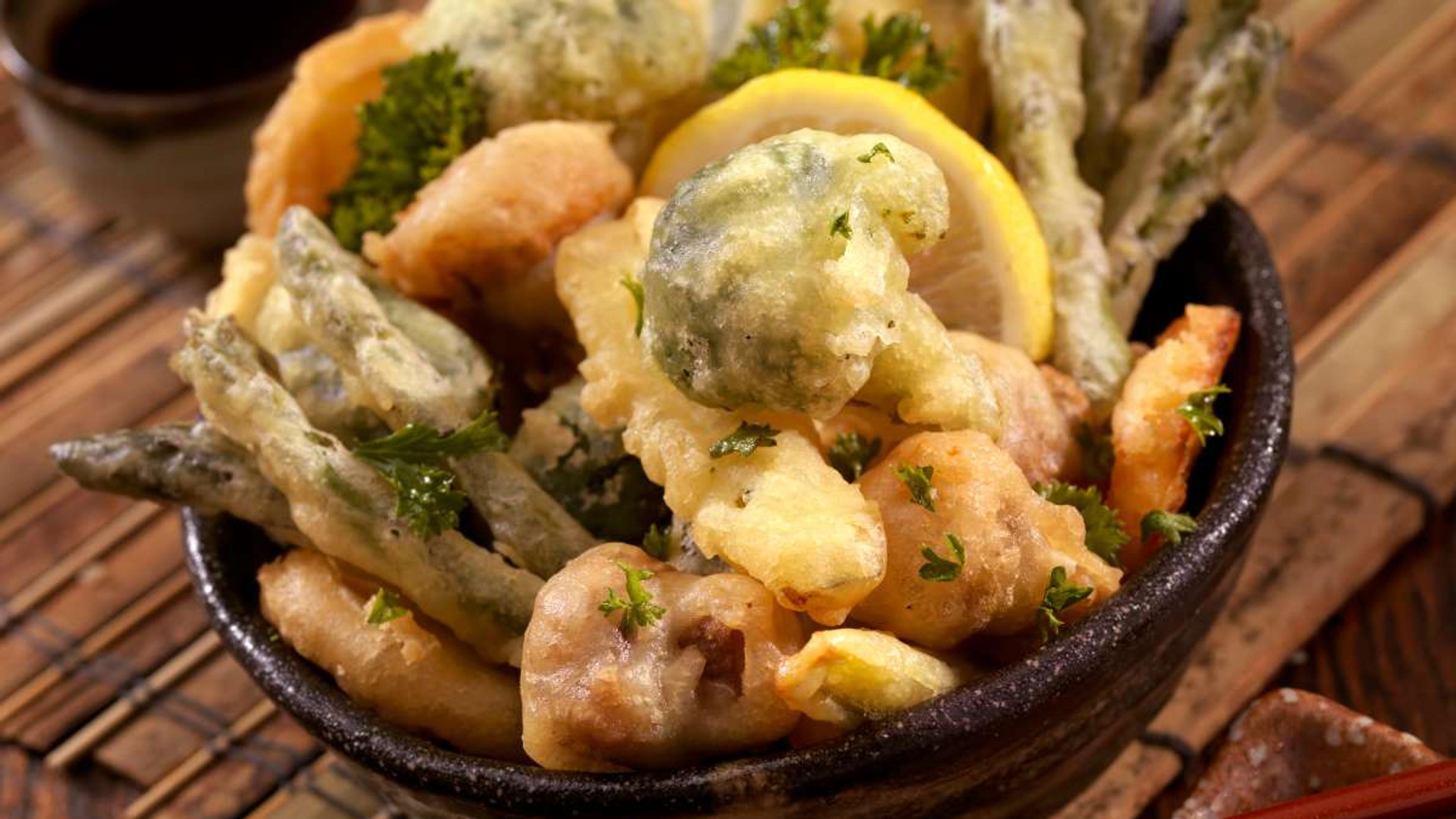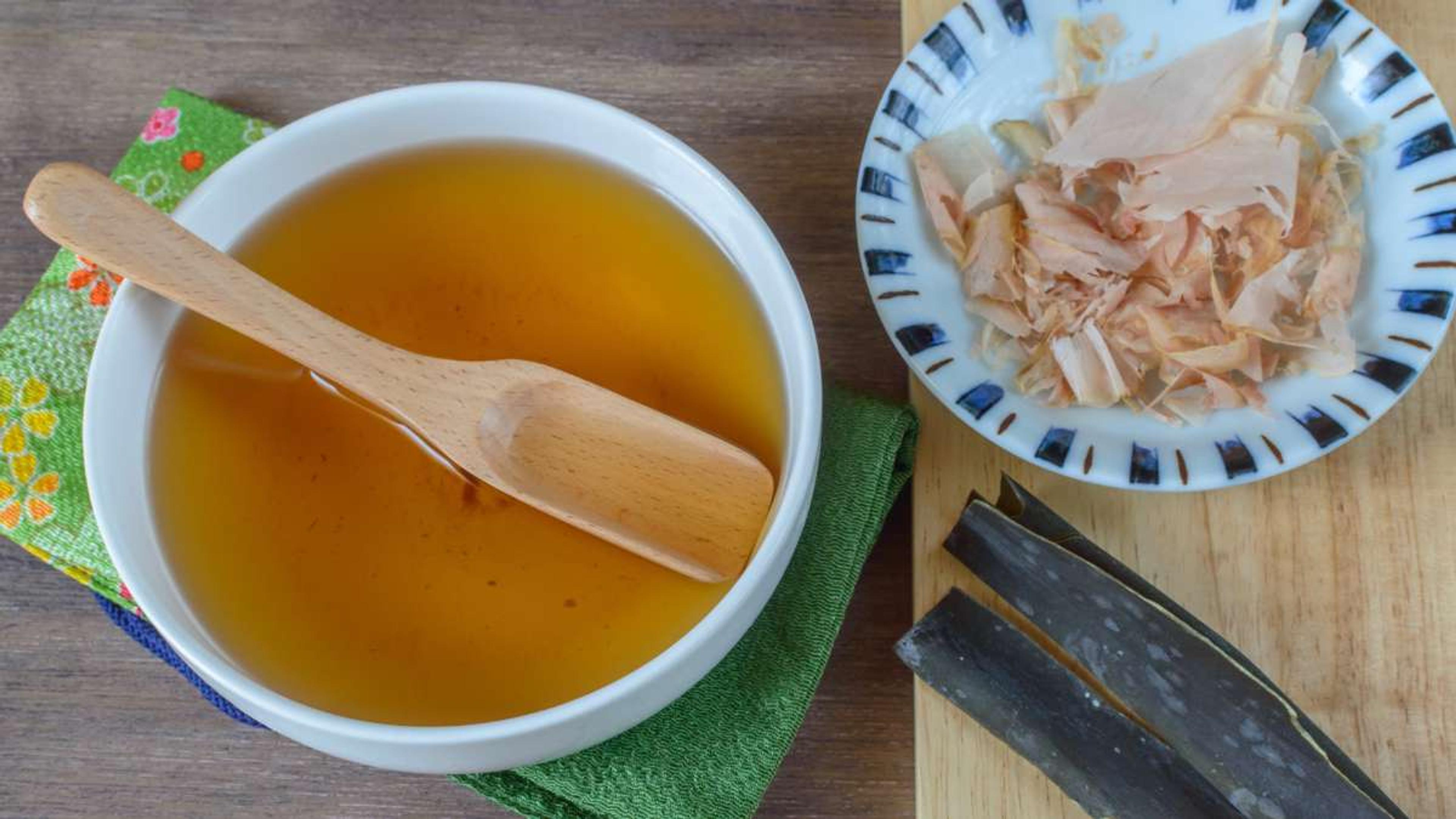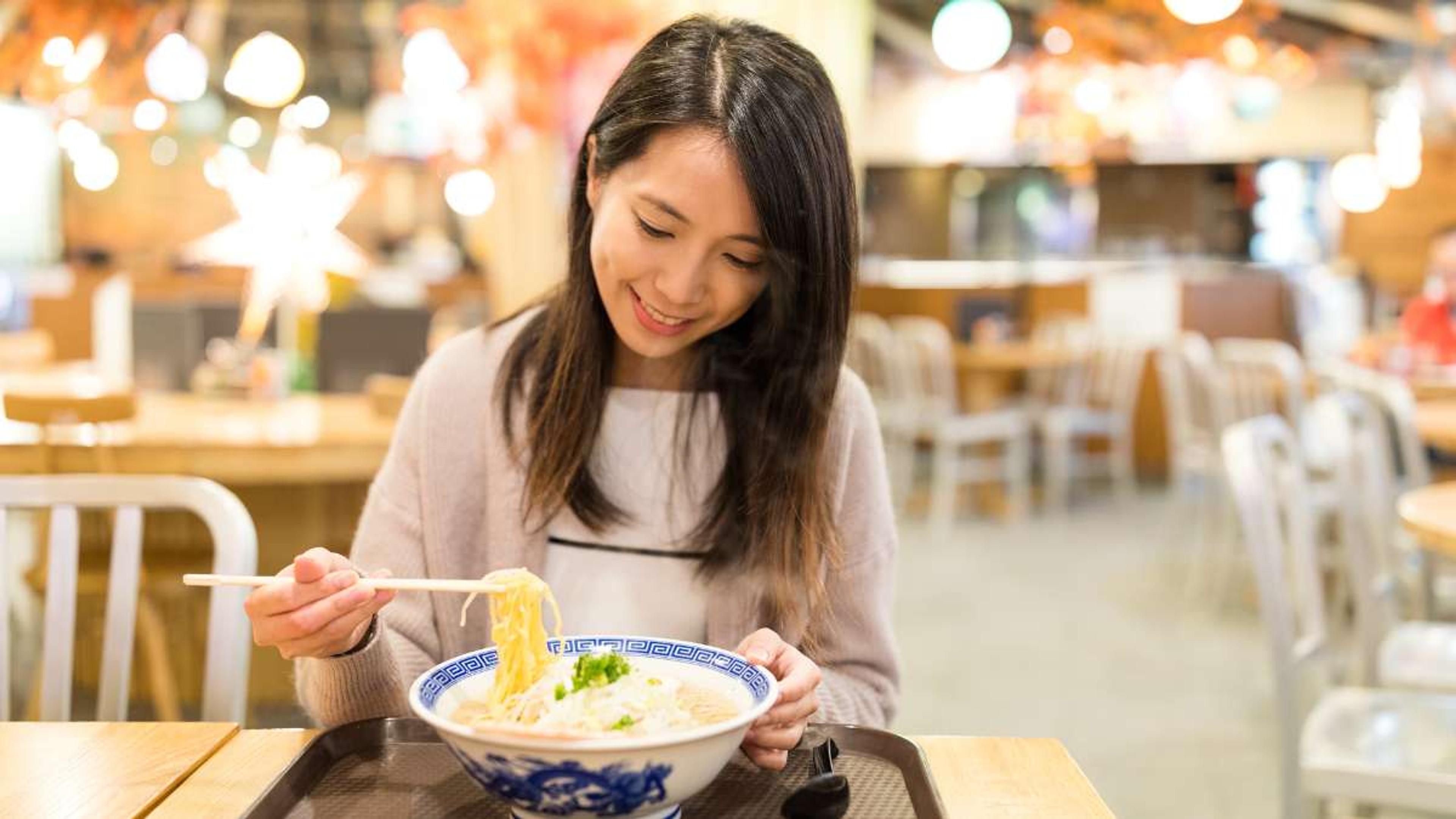Vegan Japanese Diet: A Healthy Lifestyle Choice

- Key Takeaways
- Veganism & Japanese Cuisine
- 8 Key Vegan Japanese Staples
- 5 Popular Vegan Japanese Dishes
- Health Benefits of Vegan Japanese Cooking
- Challenges in Adopting a Vegan Japanese Diet
- Tips for Ordering Vegan in Japanese Restaurants
- Eating Vegan in Japan
- Conclusion
- FAQs
Is finding vegan options in Japanese restaurants proving to be a challenge? Don't worry, you're not alone. Despite the misconception that Japanese food is predominantly seafood-based, there's actually a rich tradition of vegan cuisine in Japan.
In this blog, we'll explore the key staples of the vegan Japanese diet and popular dishes that you can enjoy while adhering to a plant-based lifestyle.
Get ready to discover the delicious world of vegan Japanese cooking!
Key Takeaways
- Vegan Japanese cuisine offers a rich variety of plant-based options that go beyond just seafood.
- Key staples in vegan Japanese cooking include miso, tofu, soba noodles, and gomacio.
- Popular vegan Japanese dishes include vegetable tempura, sushi rolls, miso soup, vegan ramen, and vegan curry.
- The vegan Japanese diet provides a balanced mix of nutrients from protein-rich ingredients like tofu and edamame to fiber-packed vegetables and gut-healthy fermented foods.
Veganism & Japanese Cuisine
Veganism is gaining a place in Japanese food. Eating vegan follows the old ways of Shojin Ryori from Buddhist monks. Vegan meals don't have meat or animal products. This way of eating was normal in Japan around 700 AD.
But today, not many people in Japan eat only vegan food. Yet, some chefs are bringing back these roots and making new dishes without meat or seafood. They use foods like tofu, miso paste, soba noodles and edamame instead.
Is Japanese Food Predominantly Seafood-Based?
Many people think all Japanese food is just fish. It's easy to see why. Sushi and sashimi are famous around the world. But this view is wrong. There are Japanese dishes that don't have any seafood at all.
Sure, most parts of Japan love raw fish. Yet other regions eat a wide variety of foods that aren't fish-based at all! From tofu to noodles to vegetables, there are plenty of options in Japanese cooking for people who don't want seafood.
8 Key Vegan Japanese Staples
Miso, tofu, soba noodles, and gomacio are just a few of the essential ingredients in traditional vegan Japanese cuisine.
1. Miso
Miso is a must-have in Japanese cooking. It's made from soybeans, rice koji, and salt. This mix ferments to become miso, a paste adding rich umami flavor to many dishes. There are plenty of varieties of miso too! The taste can range from sweet to salty based on how long it ferments.
You also have instant miso soups - perfect for quick meals! Miso has been making Japanese food tasty for centuries. It is more than just food; it's a piece of Japan's history and culture.
2. Tofu
Tofu is a star in Japanese cooking. Many people love it for its high protein and low fat. Buddhist monks eat lots of tofu too. Making tofu starts with soy milk. It turns into a soft food that you can use in many dishes. You can put it in sweet or savory foods, so it's very handy to have around!
3. Noodles
Noodles are an important component of vegan Japanese cuisine. Udon noodles and soba noodles are generally vegan-friendly, while most ramen noodles contain animal products. It's important to note that the soup or sauce that accompanies udon, soba, and ramen may not be vegan.
Vegan yaki udon is a delicious plant-based dinner option made with thick udon noodles and various vegetables. Soba noodles typically contain dashi, which is a fish stock base ingredient.
Despite this, udon and ramen remain popular vegetarian noodle choices in Japan. Soba and udon noodles are different types of Japanese noodles with unique characteristics. Here's what you need to know:
Soba Noodles:
- Made primarily from buckwheat flour and has a nutty flavor
- Thinner than udon noodles.
- Lower glycemic index and higher in dietary fiber, protein, and vitamin B1 compared to udon noodles.
- Soba noodles require specific cooking techniques to ensure they are cooked properly.
- Soba is often served chilled with a dipping sauce or in hot broth-based soups.
Udon Noodles:
- Made from wheat flour.
- Thicker and chewier than soba noodles.
- Absorb more flavor from broths and sauces compared to soba noodles.
- Both are boiled before being served in various dishes.
- Udon is commonly served in hot noodle soups or stir-fried dishes.
4. Gomacio
Gomacio is a popular seasoning in vegan Japanese cuisine. It is made from roasted black sesame seeds and sea salt, creating a delicious savory flavor. Gomacio adds an extra burst of taste to various dishes like plain rice, onigiri (rice balls), cooked veggies, grains, and pastas.
It is low in sodium, making it a healthier choice for those watching their salt intake. With its rich umami flavor, Gomacio enhances the overall taste of vegan Japanese meals and adds depth to every bite.
5. Edamame
Edamame, a popular ingredient in vegan Japanese cuisine, is a type of soybean that packs a powerful punch of protein. With approximately 18.4 grams of protein per cup, it's an excellent choice for vegetarians and vegans looking to meet their nutritional needs.
Typically served boiled or steamed in their pods and seasoned with salt, edamame is not only delicious but also low in calories, with just 94 calories per cup. You can enjoy it as a snack or incorporate it into your favorite Japanese dishes.
6. Seaweed
Seaweed is a nutritious, versatile and vegan-friendly ingredient commonly used in traditional Japanese cuisine that can enhance your vegan Japanese cooking experience. It is rich in omega-3 fatty acids DHA and EPA, which are important for brain health.
Seaweed can also help reduce the risk of certain diseases, such as heart disease and inflammation. In addition to its health benefits, seaweed adds flavor and texture to dishes like sushi rolls and miso soup.
7. Rice
Rice is a crucial component of the vegan Japanese diet. It is consumed alongside soy products, like tofu, and seaweed, forming a balanced meal. Unlike other diets that include meat and eggs, the Japanese diet focuses on rice as a healthy alternative.
Rice is not only used in main courses but also in snacks and desserts, making it versatile for those following a plant-based lifestyle. Moreover, the consumption of rice has been linked to longevity and good health among the Japanese population.
8. Goma
Goma, also known as sesame, is a versatile ingredient widely used in vegan Japanese cuisine. It adds a rich nutty flavor and texture to dishes.
Another traditional food called Goma Dofu is made from black sesame seeds and has an umami-rich taste. Neri Goma is a creamy and thick sesame paste commonly used as a condiment in Japan.
5 Popular Vegan Japanese Dishes
Popular vegan Japanese dishes include vegetable tempura, sushi rolls, miso soup, vegan ramen, and vegan curry.
1. Vegetable Tempura
Vegetable tempura is a popular dish in Japanese cuisine, but vegans need to be careful when ordering it. Traditional tempura batter contains eggs, making it unsuitable for vegans but fine for vegetarians. However, many restaurants offer vegetable-only tempura options that don't include any animal products.
Common vegetables used for tempura include Japanese sweet potatoes, mushrooms like shiitake or king oyster, and kabocha squash. So if you're vegan and craving some crispy fried goodness, just make sure to ask about the ingredients in the batter before ordering vegetable tempura at a Japanese restaurant.

2. Sushi Rolls
Sushi rolls are a popular dish in Japanese cuisine that can be enjoyed by vegetarians and vegans. Instead of using raw fish, vegetarian sushi rolls focus on rice, vegetables, and seaweed.
There are many options available for vegan sushi rolls in Japan, with fillings like avocado, cucumber, and spicy mayo sauce. Kappa maki, which is a cucumber roll, is a safe and popular choice for vegetarians and vegans. Avocado rolls are also a simple yet satisfying option for vegans and non-vegans alike. So even if you don't eat meat or seafood, you can still enjoy the delicious flavors of sushi!

3. Miso Soup
Miso soup is a traditional Japanese dish that is loved for its delicious taste and health benefits. Miso paste is made from soybeans and is packed with protein.
In Japan, miso soup is often served as a side dish to sushi or rice dishes. It can also be customized to suit different dietary preferences, including vegan options that use mushroom or seaweed-based broths instead of fish-based dashi. Miso soup is definitely worth trying!

4. Vegan Ramen
Vegan ramen is a popular dish in Japan that has gained recognition worldwide. It is made with a flavorful broth base, typically using shiitake dashi and kombu, which gives it a rich and savory taste.
The noodles are usually made from wheat or other plant-based ingredients. Vegan ramen can be enjoyed in various flavors, including regular or spicy options. Toppings like tofu, mushrooms, vegetables, and seaweed add texture and depth to the dish.
Many restaurants in Japan offer vegan ramen on their menus, providing a tasty option for those following a plant-based lifestyle.

5. Vegan Curry
Vegan curry is a popular plant-based version of traditional Japanese curry. It features chunks of vegetables that are stewed in a rich and flavorful curry sauce.
Some variations of vegan Japanese curry even include fried tofu for added texture and protein. To lightly sweeten the curry, grated apple is sometimes used. This dish offers a delicious and satisfying option for those who follow a vegan diet or simply enjoy trying new flavors.

Health Benefits of Vegan Japanese Cooking
- Balanced Nutrition: A typical vegan Japanese meal is designed to provide a good balance of nutrients. It often includes a variety of plant-based proteins such as tofu, edamame, and seaweed, which are rich in amino acids, an abundance of fiber from vegetables like cabbage, carrots, and radishes and includes whole grains like brown rice or noodles made from buckwheat (soba) providing complex carbohydrates for energy.
- Improved Digestion: Incorporating fermented foods like miso, kimchi, or sauerkraut into our meals can improve digestion, boost the immune system, and even help with weight loss. These probiotics introduce healthy microorganisms into our bodies, which can have a positive impact on gut health and general well-being.
- Low in Saturated Fats: Using primarily plant-based ingredients, vegan Japanese dishes are typically lower in saturated fats, promoting heart health and reducing the risk of cardiovascular diseases.
- Rich in Antioxidants: Ingredients such as green tea, seaweed, and various vegetables in Japanese cuisine are packed with antioxidants, which combat oxidative stress and help prevent cellular damage.
- High Fiber Content: With a focus on whole grains like brown rice and a plethora of vegetables, vegan Japanese meals offer a substantial source of dietary fiber, aiding in digestion and supporting a healthy gut.
- Bone Health: Vegan Japanese foods often incorporate green leafy vegetables and sesame seeds, both of which are excellent sources of calcium, essential for maintaining strong bones.
- Detoxifying Properties: Certain ingredients commonly used in Japanese vegan dishes, like seaweed and specific mushrooms, possess natural detoxifying properties, assisting in cleansing the body of harmful toxins.
Challenges in Adopting a Vegan Japanese Diet
Navigating the prevalence of fish-based seasonings like dashi and the increasing use of pork in modern Japanese dishes can be challenging for those adopting a vegan Japanese diet.

1. Prevalence of Fish-based Seasonings
Fish-based seasonings like dashi are widely used in Japanese cuisine, making it challenging for vegans to find suitable food options. Dashi is a popular seasoning powder made from fish flakes, adding a rich umami flavor to various dishes.
The traditional Japanese diet, known as Washoku, emphasizes high consumption of fish and soybean products. This can make it difficult for those following a vegan diet in Japan, as many dishes traditionally rely on these fish-based seasonings for their distinct taste.
Despite these challenges, there are vegan-friendly options available in Japan, including plant-based foods and dedicated vegan Japanese restaurants.
2. Increased Use of Pork
Pork is becoming more prevalent in modern Japanese dishes. This trend deviates from traditional Japanese cuisine, which traditionally used seafood and vegetables as the main ingredients.
However, Western influences and changing tastes have led to an increase in pork consumption in Japan. This poses a challenge for those following a vegan diet or trying to avoid animal products because pork is not plant-based.
Individuals seeking vegan options must navigate menus carefully when dining out or prepare their meals at home using alternative ingredients that align with their dietary preferences.
Tips for Ordering Vegan in Japanese Restaurants

- Look for restaurants that offer vegan or vegetarian options on their menu.
- Use online resources and apps to find vegan-friendly restaurants in the area.
- Learn basic Japanese phrases related to veganism and dietary restrictions to communicate with restaurant staff.
- Ask about ingredients and preparation methods when ordering dishes to ensure they are free from animal products.
- Be open to modifications and substitutions, such as requesting tofu instead of meat or fish in a dish.
- Inquire about dashi (fish-based broth) and other hidden non-vegan ingredients commonly used in Japanese cuisine.
- Explore traditional Buddhist temples or Shojin Ryori (monk's cuisine) restaurants that often serve vegan meals.
- Don't be afraid to ask for recommendations or suggestions from locals who may be familiar with vegan options nearby.
Eating Vegan in Japan
Explore the vibrant vegan scene in Japan, from vegan-friendly restaurants to finding plant-based grocery items and snack options. Experience the flavors of traditional Japanese cuisine in a whole new way!
Vegan-friendly restaurants
Japan offers plenty of options for vegans looking to dine out. Here are some vegan-friendly restaurants to consider:
- CoCo Ichibanya Curry House: This popular curry chain in Japan offers vegetarian menus with vegan options, making it a great choice for those craving some spice and flavor.
- T's Tantan: Located in Tokyo Station, this vegan ramen restaurant serves up delicious bowls of plant-based noodles and flavorful broths that will satisfy any ramen lover.
- Ain Soph Ripple: Situated in Tokyo's Shinjuku neighborhood, Ain Soph Ripple is a vegan cafe that specializes in serving up comfort food favorites like burgers, pasta, and even vegan soft serve ice cream.
- Loving Hut: With multiple locations throughout Japan, Loving Hut is an international chain of vegan restaurants that offers a diverse menu of plant-based dishes inspired by cuisines from around the world.
- Brown Rice by Neal's Yard Remedies: This health-conscious cafe in Tokyo serves up organic and plant-based meals using locally sourced ingredients. They also offer cooking classes for those interested in learning more about vegan Japanese cuisine.
- Koso Cafe & Kitchen: Located in Osaka, Koso Cafe & Kitchen offers a variety of vegan dishes made with fresh and seasonal ingredients. Their menu includes everything from comforting soups to hearty sandwiches and desserts.
Vegan snack options
There are many vegan snack options available in Japan. Here are some popular choices:
- Ume onigiris: These are rice balls with pickled plums wrapped in seaweed.
- Dried fruits and nuts: They can be found in supermarkets and convenience stores.
- Red bean and mochi: These flavors are typically vegan and can be found in various shops.
- Natto: It's a traditional fermented soybean dish that is commonly enjoyed as a snack.
- Inarizushi: This sushi is made with sweet deep-fried tofu filled with sticky rice, making it a delicious vegan option.
Considerations for alcohol
When it comes to alcohol options for a vegan Japanese diet, it's important to be mindful of the ingredients used in different beverages. While traditional sake, which is made from fermented rice, is generally considered vegan-friendly, not all alcoholic drinks are suitable for vegans.
Some beers may contain animal-derived ingredients, so it's necessary to check if they are vegan-friendly before consuming them. Shōchū, a popular distilled beverage in Japan, can be made from various ingredients like grains or potatoes.
It's essential to read the label and ensure that the ingredients used are plant-based and do not include any animal products. Similarly, when considering awamori (a traditional Okinawan liquor), it is typically made from rice and regarded as vegan-friendly.
Conclusion
In conclusion, the vegan Japanese diet is a delicious and nutritious option for those seeking plant-based cuisine. With staples like tofu, miso, and noodles, there are plenty of flavorful dishes to explore.
While there may be challenges in navigating non-vegan ingredients, with careful planning and resources, it is possible to enjoy a vegan lifestyle in Japan. So why not embark on a culinary adventure and discover the delights of vegan Japanese cooking?.
FAQs
1. What kind of food can I eat on a Vegan Japanese diet?
On a vegan Japanese diet, you can enjoy foods like ginger, wasabi, eggplant, and pumpkin. You also can use nori and sushi rice to make different plant-based recipes.
2. Are there any special cooking methods for Vegan Japanese food?
Yes! Steaming is one common method to keep the natural sweetness of vegetables in vegan Japanese food.
3. Can I use bonito flakes in my Vegan Japanese Diet?
No, bonito flakes come from fish so they are not part of a vegan diet.
4. How do I add flavor to my Vegan Japanese dishes?
You can add taste to your dishes by using spices like ginger and wasabi or by adding vinegar such as rice vinegar for some zest.

